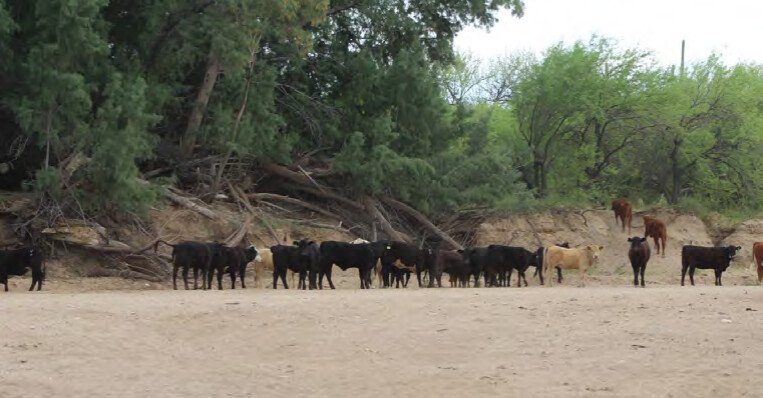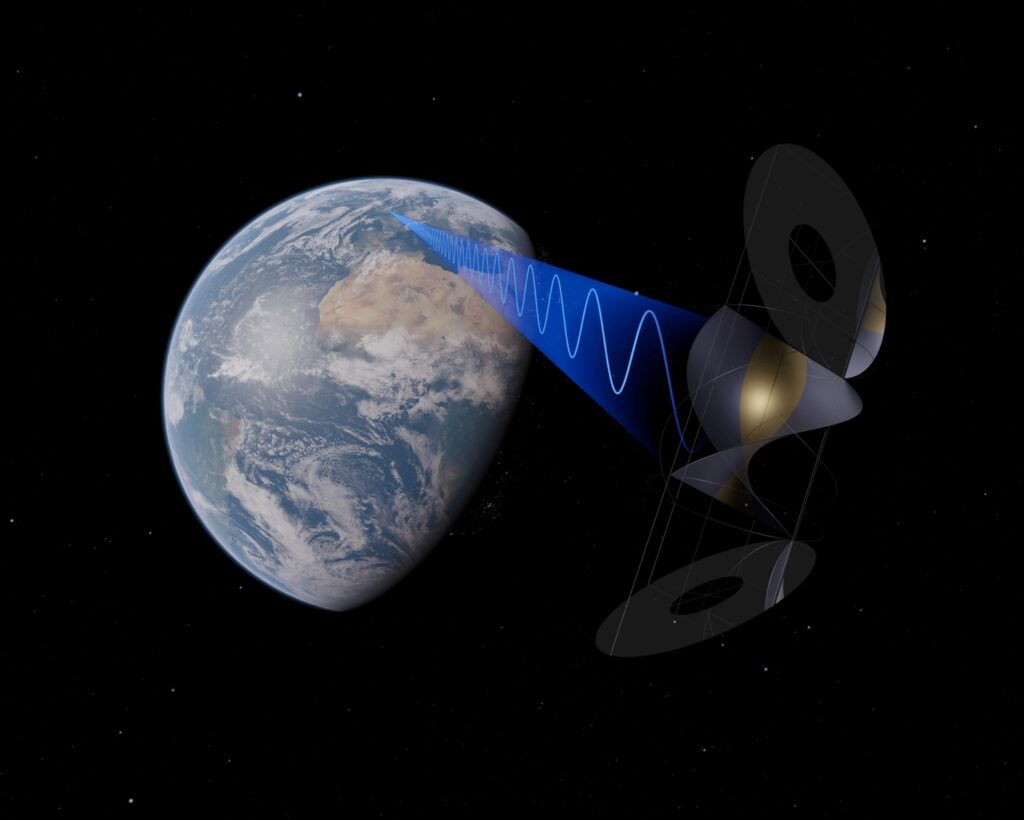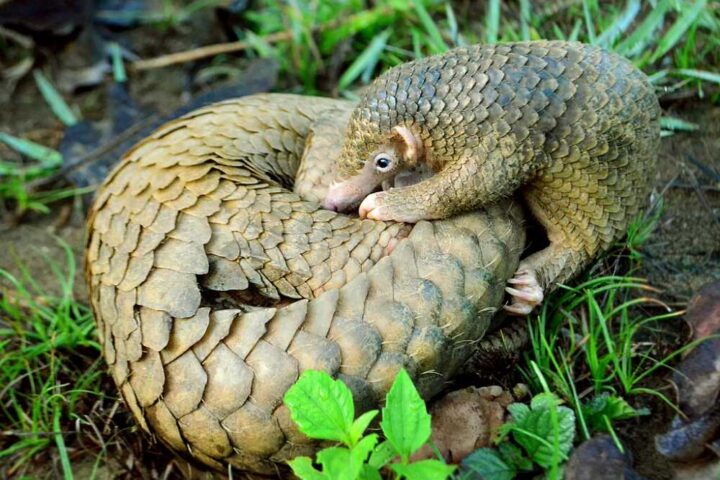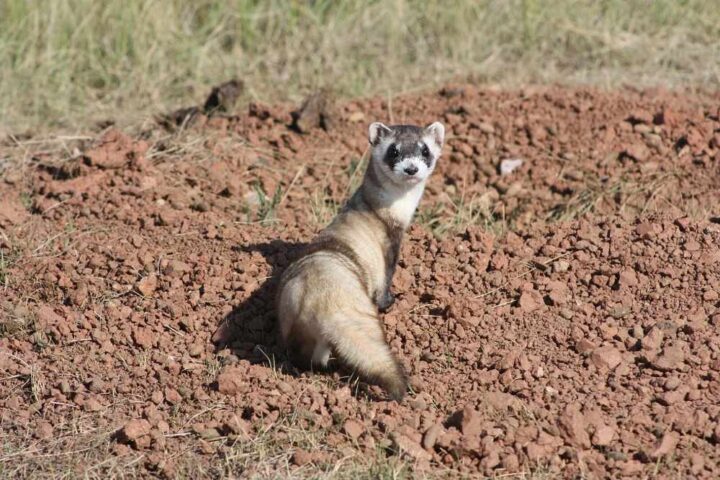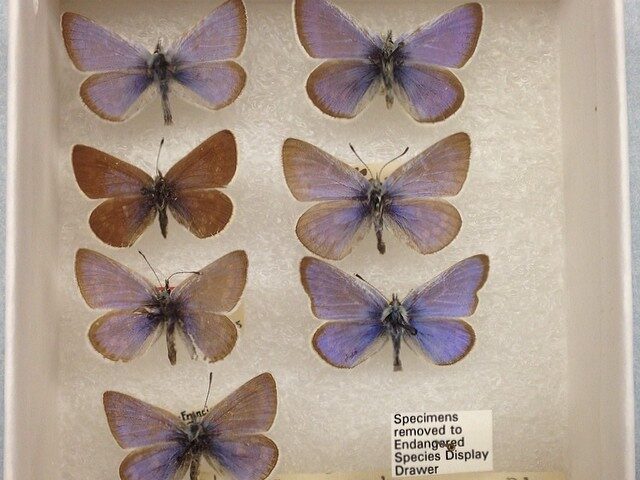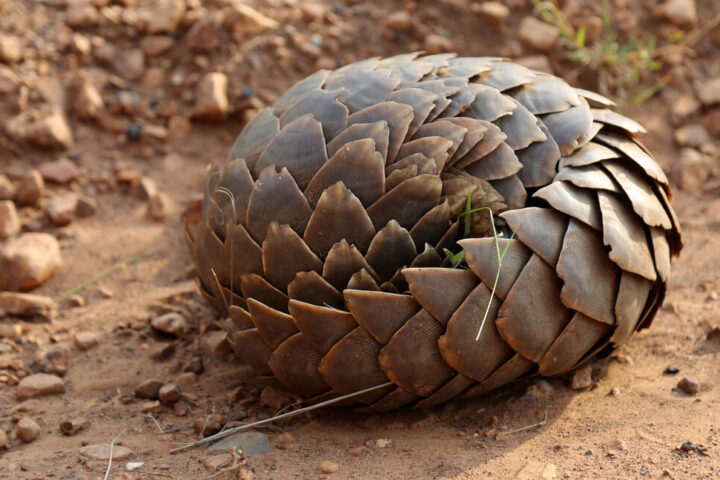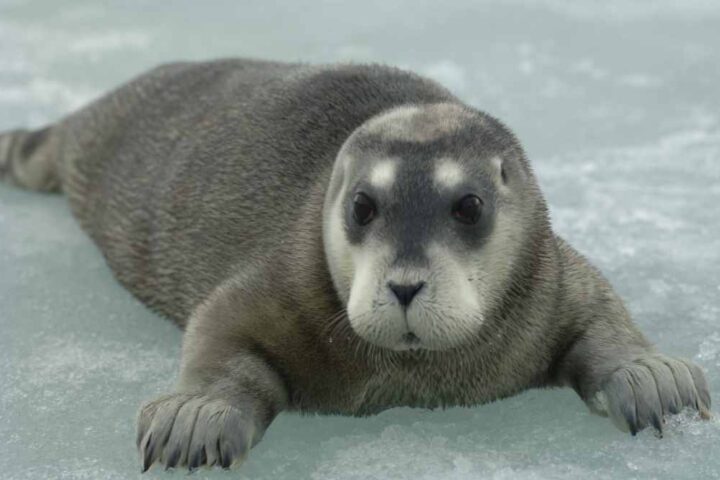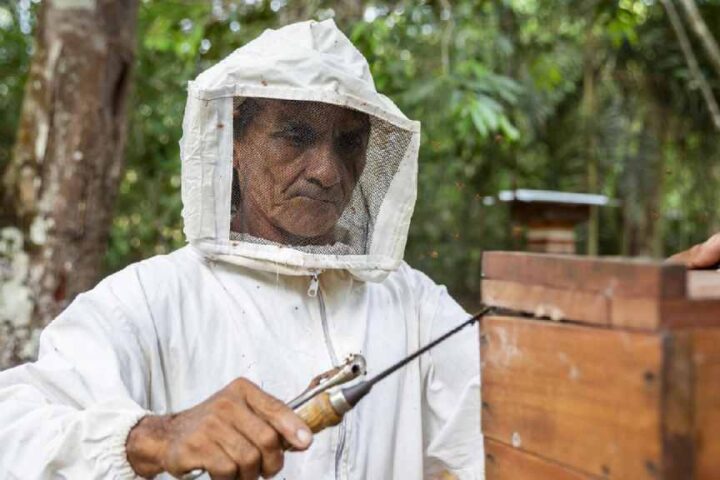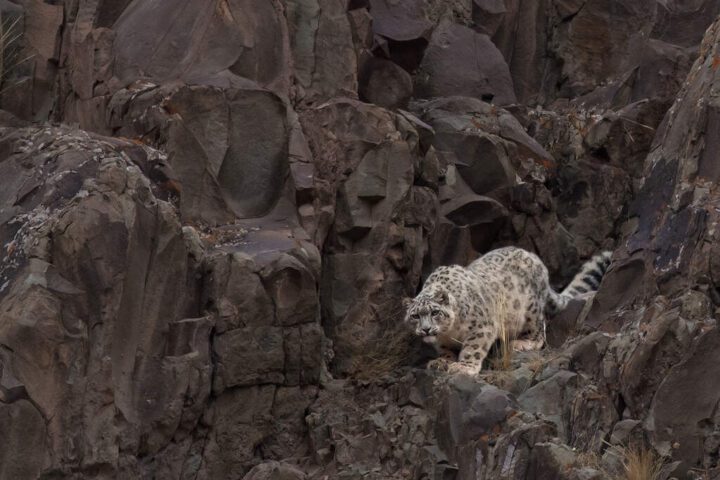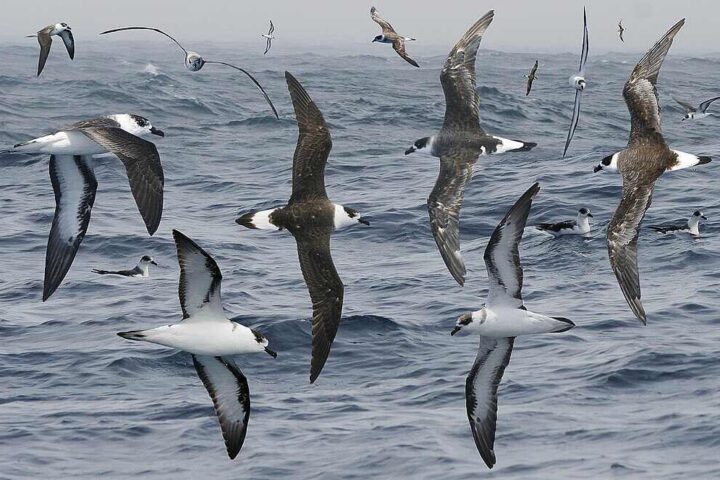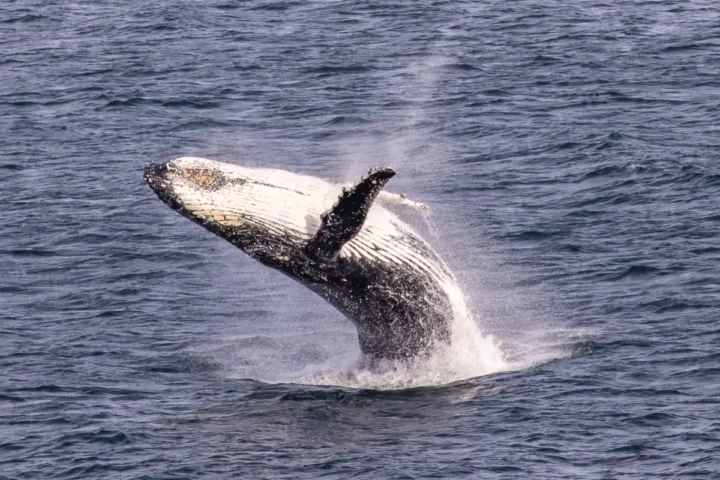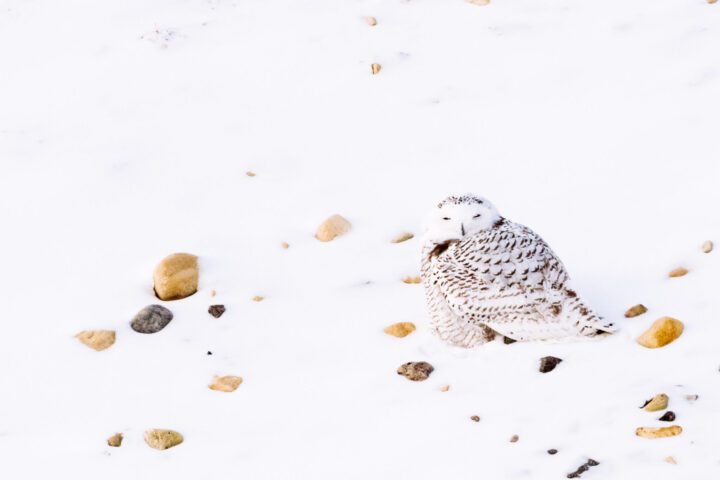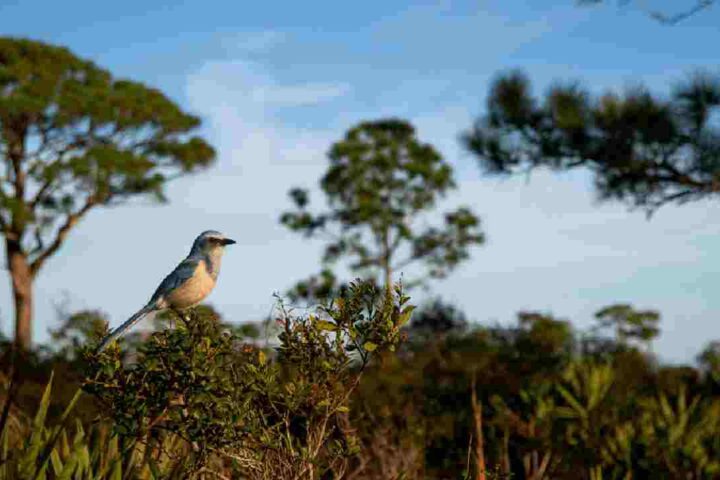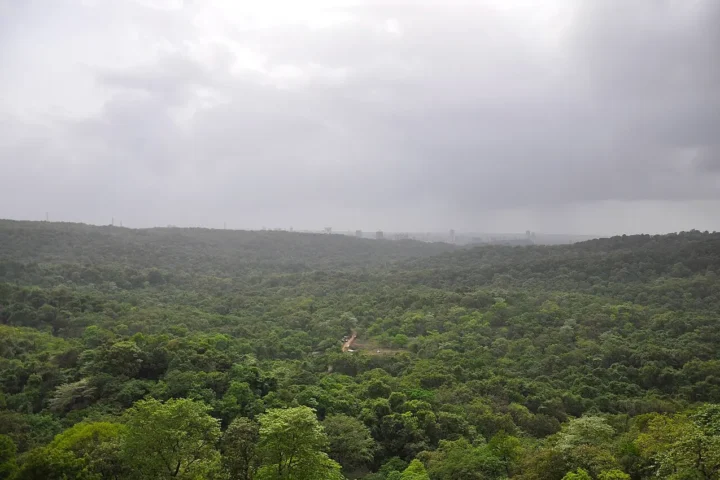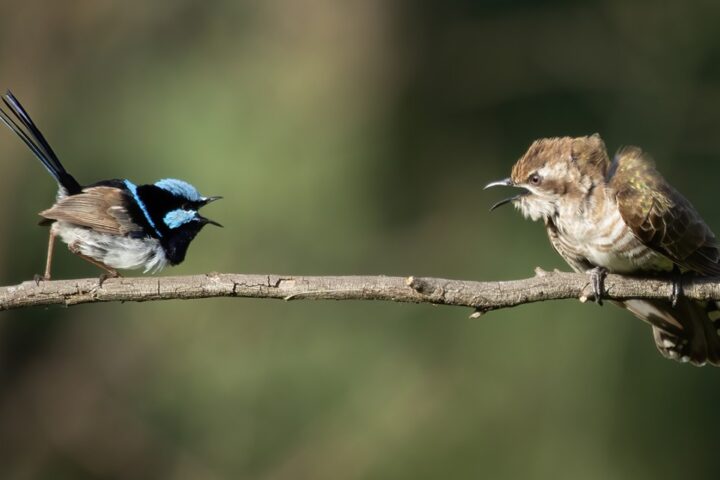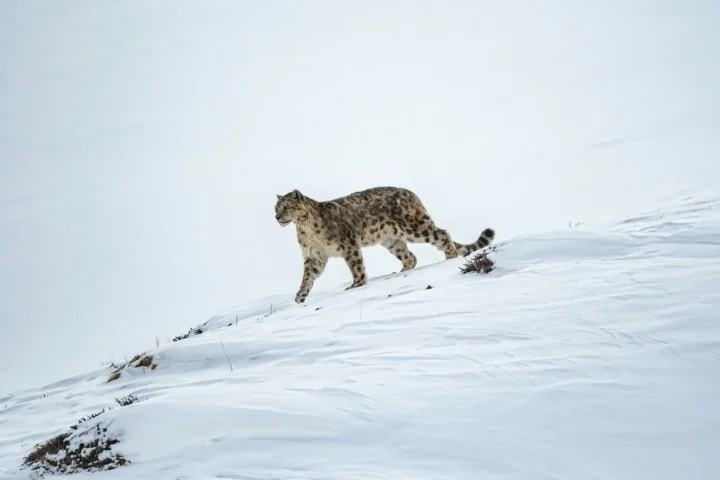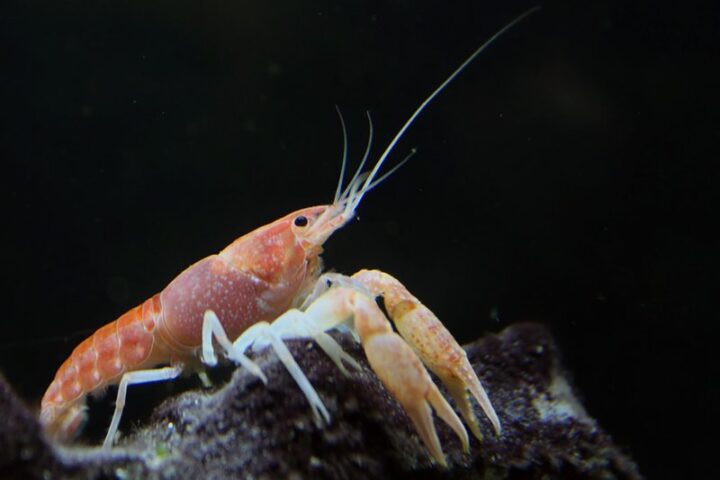The Gila River, a lifeline for Arizona’s wildlife, is facing a critical threat. Not from the encroachment of cities or the taint of industry, but from cattle. These animals, integral to agriculture, are now at the center of a controversy over the survival of the river’s delicate ecosystems.
Legal Stand for the River’s Future
A lawsuit has been filed by the Center for Biological Diversity and the Maricopa Audubon Society against the U.S. Bureau of Land Management and the Fish and Wildlife Service. The charge? Failing to shield the habitats along the Gila River, crucial for the survival of the Southwestern willow flycatcher and the Western yellow-billed cuckoo. “This lawsuit will force federal agencies to follow their own rules and finally protect the Gila River’s fragile endangered species habitat from destructive livestock grazing. Livestock grazing decimates the streams that struggling species depend on and these federal agencies have repeatedly failed to protect endangered species habitat. This has to end before more wildlife slides into extinction.” declares Taylor McKinnon, a leading voice from the Center.
The Toll of Unchecked Grazing
Surveys from the past two years have laid bare the extent of the damage: fences in disrepair, gates left open, and cattle grazing where they shouldn’t be. This has led to a staggering 92% of critical habitats for the cuckoo and flycatcher being significantly damaged. Despite warnings and legal notices, the grazing continues, a clear sign of enforcement policies falling short.
Similar Posts
Wildlife’s Precarious Perch
The impact of these grazing practices goes far beyond two bird species. A vast majority of Arizona’s wildlife, which depends on a mere fraction of the state’s land for survival, is at risk. The loss of these areas, mainly due to grazing, is a significant blow to the state’s rich biodiversity.
Inconsistent Federal Action
The Center’s past legal actions have spurred federal agencies to take some protective measures, but the response has been uneven. While some habitats have seen improvements, others are still plagued by grazing, suggesting a lack of cohesive policy implementation.
Climate Change and Riparian Health
Amidst the growing concerns of climate change, the mismanagement of these riparian areas is particularly alarming. Grazing has been pinpointed as a key factor in the degradation of these ecosystems, and addressing this issue is seen as a vital step in adapting to the changing climate.
The Road Ahead
The legal proceedings carry significant weight for the future of the Gila River’s habitats and the species that call them home. The lawsuit’s outcome may well set a new standard for protecting endangered species and their environments in the region. The Center for Biological Diversity continues its advocacy, fighting for the diversity of life that is essential to our world’s ecological balance.
